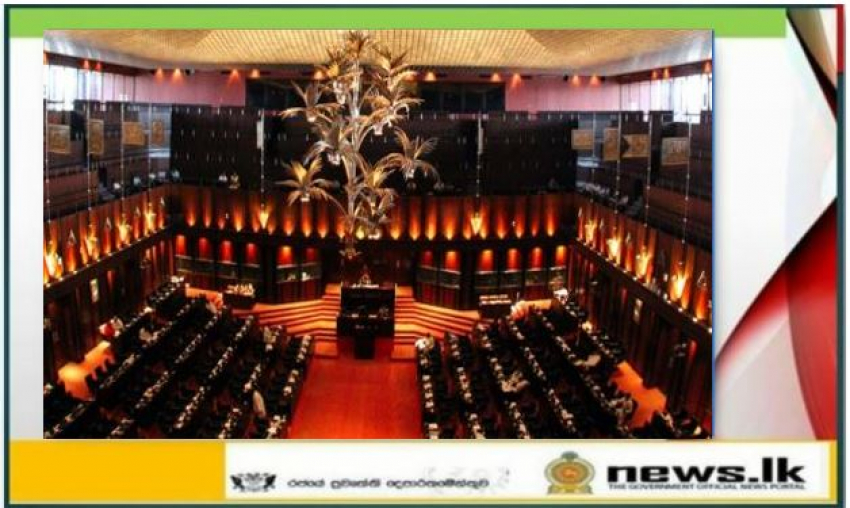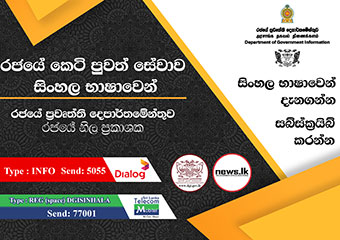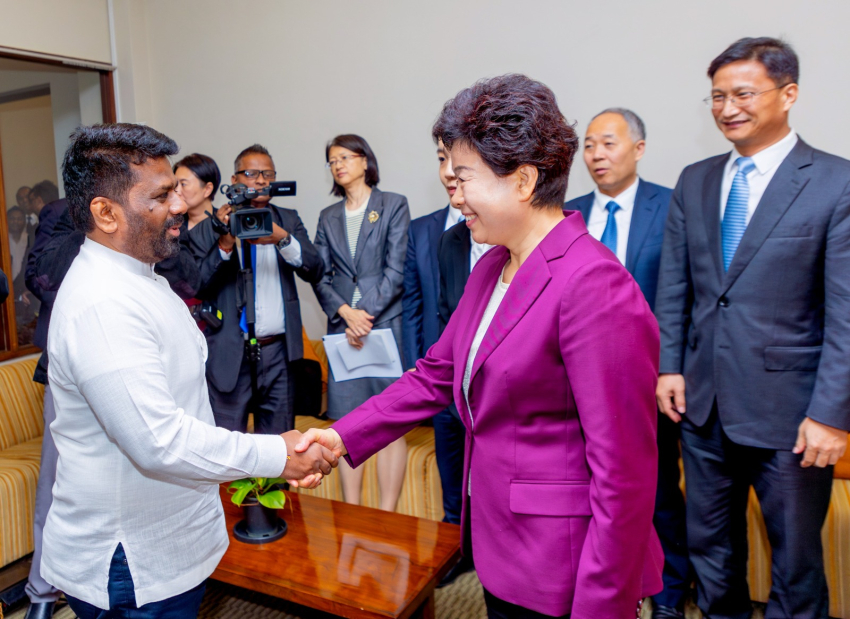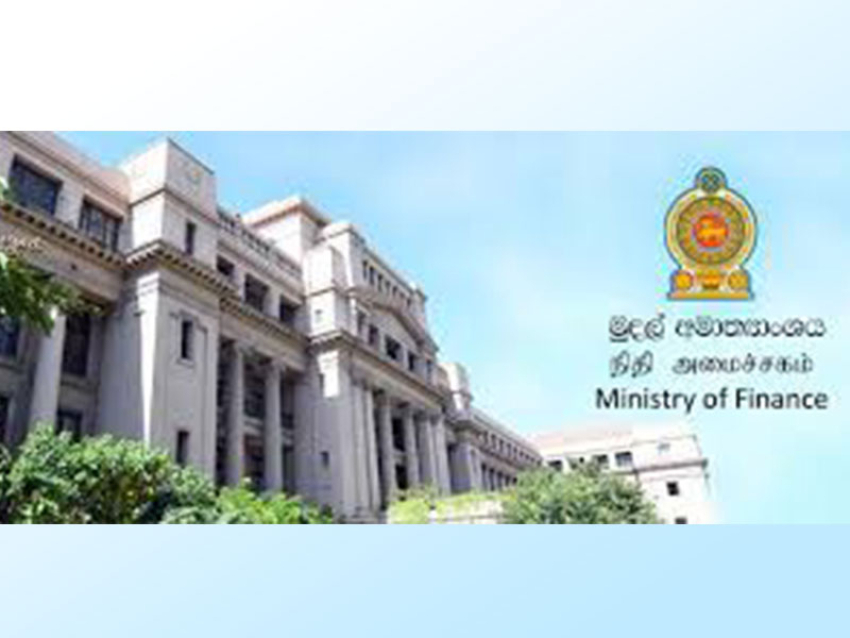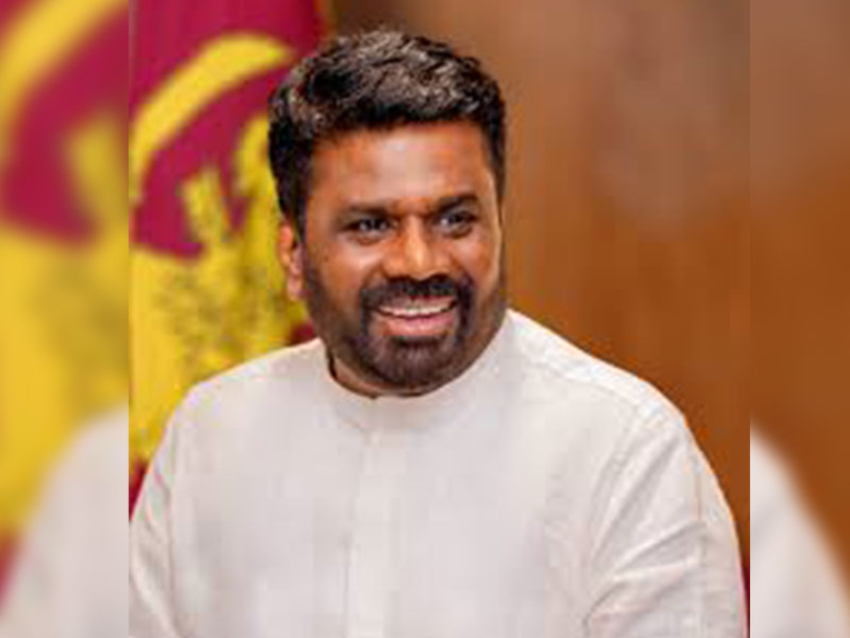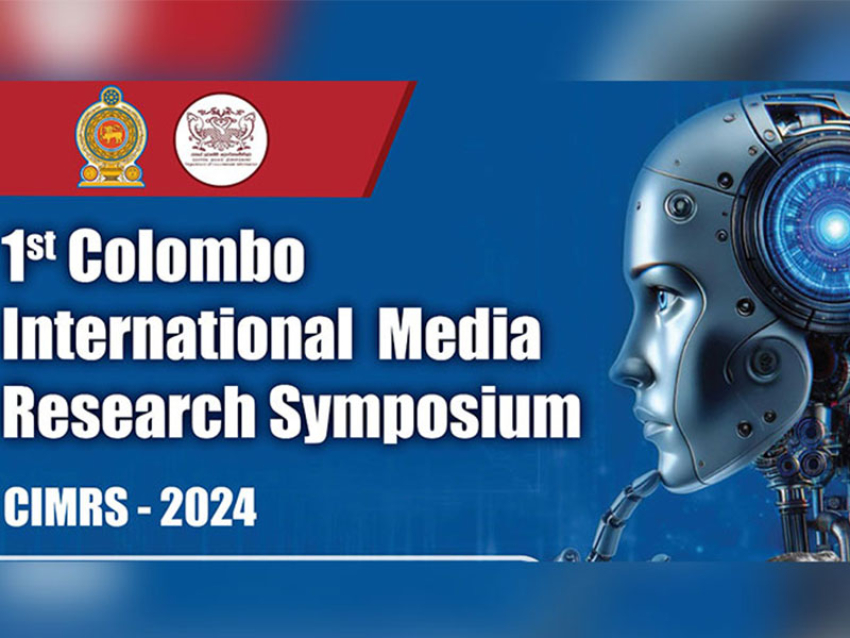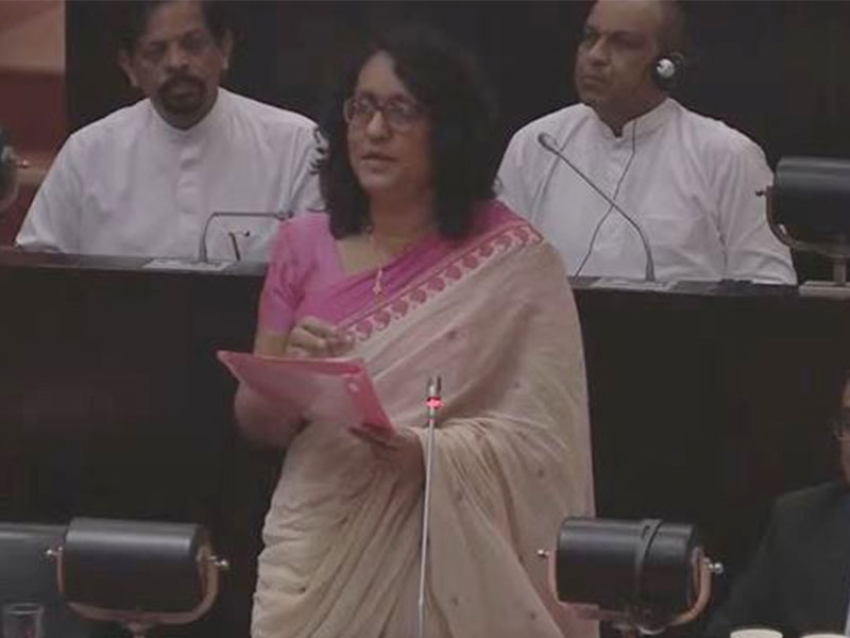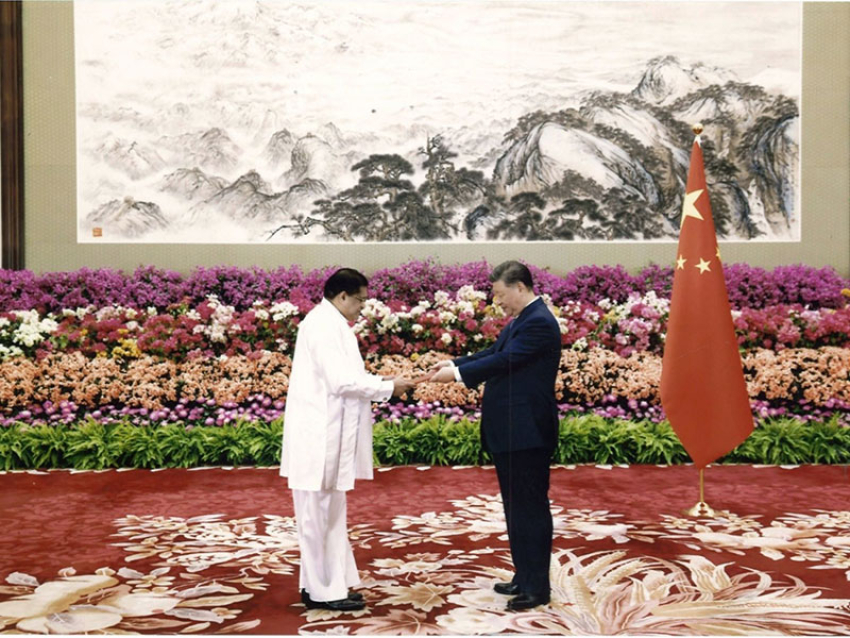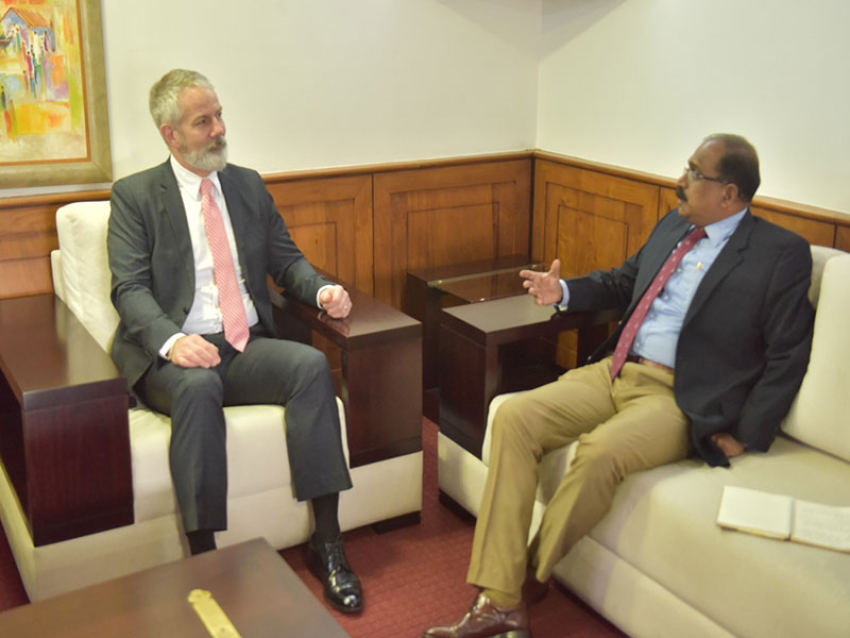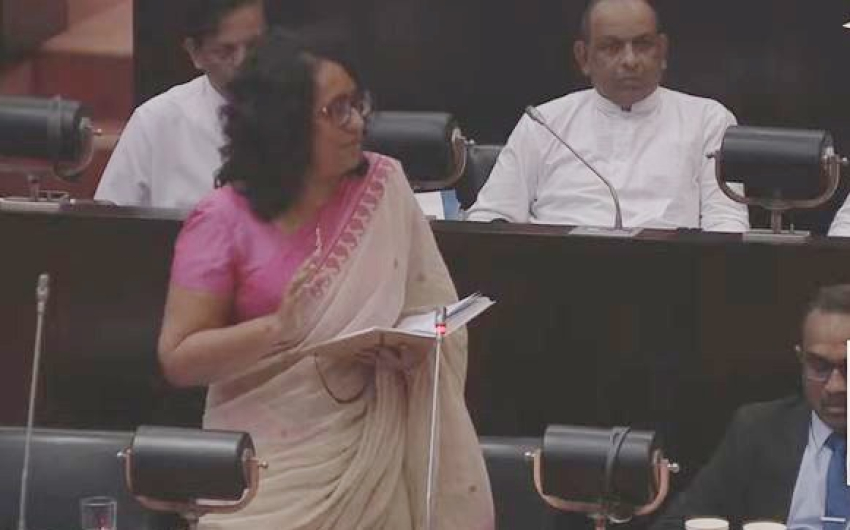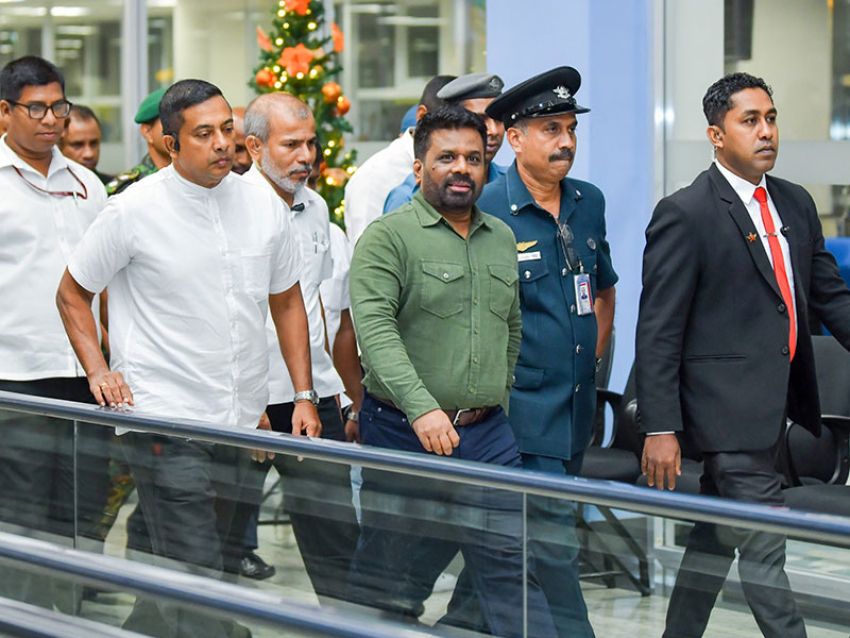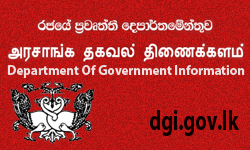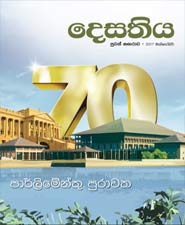Although there was one previous experience of electing a president by parliament in Sri Lanka, this time is special. In 1993, given the demise of the former President Ranasinghe Premadasa, D.B. Wijetunga was elected for the remainder of the term of President unanimously, without a poll as the succeeding President. But this time, it has already been said that several candidates will come forward, so if that happens, a poll will have to be held. Accordingly, it will be marked as a new experience in the parliamentary history of this country. If the office of the President becomes vacant before the end of his term in office, the procedure for electing a new president by Parliament is provided in the Constitution and the Presidential Elections (Special Provisions) Act (No. 2 of 1981). Thus, all the procedures mentioned below are mentioned step by step in that Act.
What happens on the 19 th ?
The Secretary-General must set a date and time for receiving nominations from Members of Parliament not earlier than 48 hours (two days) and not later than seven days after the announcement that the office of the president has been vacant.
Therefore, the Secretary General informed to the House on Saturday the 16 th , that the Parliament will convene on the 19 th Tuesday morning at 10.00 to accept the nominations.
Thus, the 19 th is reserved only for accepting nominations for the presidency.
The Secretary General of Parliament will act as the ‘returning officer’ on the date fixed to hold the election for ‘President by Parliament’.
If elected as President, a prior written consent is required stating the intention to hold office..
Every Member of Parliament who intends to propose a Member of Parliament to be elected for the vacant office of President must first obtain the written consent of that Member of Parliament stating his or her intent to serve in the office of President if the Member is elected. Accordingly, a copy of the same should be handed over to the Secretary General on the 19 th , when nominations are to be accepted.
Furthermore, it is essential to consider the disqualifications specified in Article 92 of the Constitution when proposing the name of a member of Parliament for the vacant position of President.
Accordingly, on that day of nominations, an MP should address the Secretary General and propose another MP for the vacant post of presidency. At the time of proposing, it is
essential that the member who is proposed present in the chamber. After that, the name proposed should be seconded by another MP. A debate on this regard shall not be allowed.
If only one member's name is proposed ...??
If only one member's name is proposed and seconded, the Secretary General will announce the it on the same day that the member has been elected by the Parliament for the vacancy of Presidency. Accordingly, this procedure will be completed without further due (in 1993, D.B Wijetunga became the President in this manner).
What's happening on the 20th?
If the names of more than one MP are proposed and seconded, the voting should be held on a day not later than two days from the time of receiving nominations.
Accordingly, if two or more names are proposed on the 19th, the 20th will be set aside for the election of the president.
Here too, the Secretary General of the Parliament acts as the returning officer. How will the voting be conducted?
Before voting begins, the returning officer shall show the empty ballot box or empty ballot boxes to the MPs and seal them.
It is special that the Speaker also has the right to vote in this election.
Thus, when the voting starts, the Secretary General who acts as the returning officer will call out the name of each member including the Speaker. Then the member should go to the returning officer's desk and get a ballot paper. Subsequently, the returning officer will make a short signature with his initials on the back of the ballot paper.
After that, the member who got the ballot paper should go to the cubicle arranged in the chamber, mark the ballot paper and should fold the ballot paper so that the returning officer’s signature thereon may be visible.
How to mark the ballot paper?
Each MP is entitled to only one vote and the vote should be marked with the number "1" in the square in front of the candidate's name. There is also an option to mark preferences when there are multiple candidates. Accordingly, according to the number of candidates who have appeared, in the boxes in front of the names of other election candidates, 2, 3 etc. can be marked according to the order of preferences. Candidate's Name Order of preference
A (Candidate's Name)
B (Candidate's Name)
C (Candidate's Name)
Here, if an error occurs in the marking of a ballot paper by mistake (the act states that if a member has inadvertently spoiled a ballot paper...) it can be returned to the Returning Officer and if the Returning Officer is satisfied with this, another ballot paper will be issued to the MP. Also, the spoiled ballot paper should be canceled immediately by the Returning Officer.
If a member who did not vote when his name was called, when his name is called a second time, if that member does not vote, he is considered to have abstained from voting. How will the votes be counted and the winner announced?
113 votes to win?
After voting, the number of votes recorded for each candidate is counted. If a candidate wishes to come to the place where the counting of votes is conducted, he has the opportunity to do so or he can appoint another MP to represent him.
If a candidate receives more than one half of the valid votes cast, the returning officer, the Secretary General of the Parliament, immediately announces that the candidate has been elected to the presidency.
If no candidate gets more than one half of the valid votes cast, this process will be extended a bit. Then the candidate with the lowest number of votes is eliminated from the competition. If each MP who voted as first preference for the candidate removed from the competition has their second preference, they will be added to the respective candidate.
Even if no candidate has received more than one half of the valid votes, the candidate who received the least number of votes in each calculation is removed from the competition and votes are added to the remaining candidates in the second, third, etc.
Even after doing so, if no candidate has obtained one half of the valid votes, the returning officer will declare that the candidate who obtained the majority of votes at the end of the counting as above has been elected to the office of President.
Also, when the votes are equal between two or more candidates, a draw will be made at the sole discretion of the Returning Officer.
Also, the name of the candidate should be published by the Secretary General in the Gazette
within three days from the election of the President.

